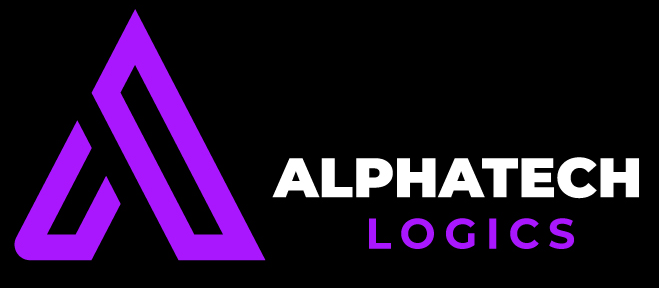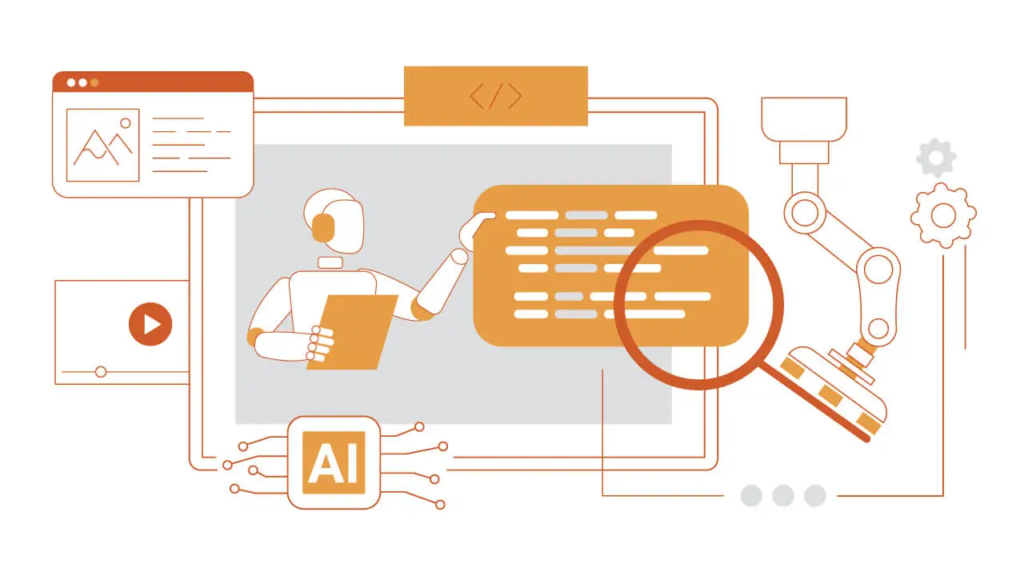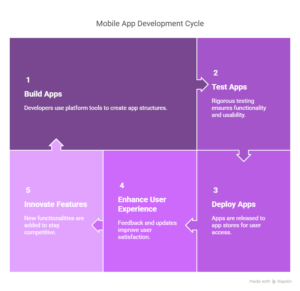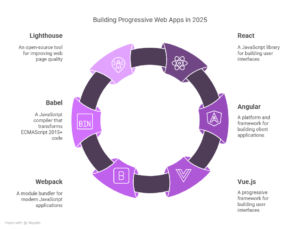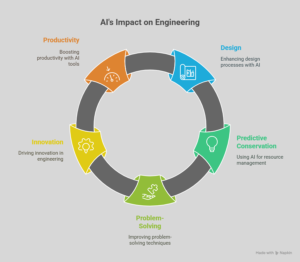In the fast-moving field of software development today, quality assurance (QA) goes beyond only manual testing or in-flight fixes. Today, it’s about smart, anticipatory systems that address problems before they even reach production. AI-generated code review, a game changer transforming our perspective on code quality, team effectiveness, and software reliability, is the most intriguing innovation in this field.
AI-generated code review is what?
AI code review in its most basic form is the automated examination of code for inefficiencies, faults, stylistic mistakes, and possible vulnerabilities using natural language processing and machine learning technologies. AI-reviewed code can more than just basic linting and static analysis tools deduce the author’s intent behind code, call upon best practice standards, and even learn to evolve from review comments over time.
GitHub Copilot, Amazon CodeWhisperer, and the newest startups DeepCode and Codacy all of which are leading most of the prominent platforms already include these smart reviews into developer workflows.
Why It Matters
1. Speed and Scalability
Manual code review is time-consuming and doesn’t scale as well with high-speed teams. AI can scan massive code bases or replicate pull requests quickly without a bottleneck, therefore allowing engineers to concentrate on more strategic work.
2. Consistency
Human assessors are erratic. Some might miss edge cases, some value logic, some value structure. AI offers regular feedback; every project and team receives the same application of coding standards.
3. Early Detection of Bugs
During coding or commit, artificial intelligence can spot possible bugs, security risks, or outdated patterns. This precludes later on in the procedure the expense of correction.
4. Continuous Learning
Advanced AI systems are designed to learn from previous code inspections, industry standards, and even general industry trends. They only improve with time and become increasingly adept at detecting minute flaws or proposing more intelligent options.
Actual Use Cases in Real Life
- Startups use artificial intelligence tools to guarantee code quality without putting together massive quality assurance teams.
- Companies apply artificial intelligence in CI/CD pipelines to enforce internal standards before release.
- AI-based recommendations assist new developers meet community standards, therefore supporting open-source projects.
Challenges and Restrictions
AI-coded review is not flawless notwithstanding its promise:
- Contextual Awareness: Occasionally the code has greater business logic or design intent than artificial intelligence does.
- Not all issues flagged are real; excessive noise might lead to “alert fatigue.”
- If outdated or biased code is used to train AI, it may recommend undesirable or sensitive patterns.
- AI works best as a co-pilot, not a replacement replacing human reviewers rather than replacing them.
Final Thoughts
AI-code review is not a trend; it is a window into the future of software quality assurance. It enables teams to create better software sooner by eliminating human error, accelerating development, and promoting best practices. Although there is still much room for development, the speed of artificial intelligence combined with human judgment is setting a new normal for code quality. If you are not already studying this, now is the ideal time to begin.

